Dangerous to YOU, and dangerous to circuits.
Changes in Magnetic fields---when you or your circuits are near that field.
Example: a long straight wire carrying high currents with rapid changes in current, near your PCB. Any "closed path", even if part of path is Ground and part of the path is analog sensor traces or analog amplifier traces or even digital MCU traces, will be a problem. Let us compute how big a problem.
V_induce = [MUo * MUr * Area/( 2 * PI * Distance ) ] / dI/dT
Let Area = 10cm by 10cm PCB (4" by 4")
Let Distance from a high-current wire, to yur PCB, also be 10cm
Let your dI/dT = 100 amps / 100 nanoseconds = 1 Billion amps/second
With MUo = 4 * pi * 1e-7 Henry/meter, MUr = 1 (air, copper, aluminum, FR-4)
The formula simplifies to
V_induce = (2e-7 * Area/Distance) * dI/dT
and substituting, we have
V_induce = (2e-7Henry/meter * (10cm * 10cm)/10cm) * 1+9
V_induce = 2e-7 * 10cm/1meter * 1e+9 == 2e-8 * 1e+9
Vinduce = 20 volts
Thus any circuits or sensors or logic signals, nearyour high_current motor wiring, are at risk of constant spiking at levels far above their rails, or far above their noise immunity.
CURE ?
Use large diameter TWISTED PAIRS to carry motor currents; the adjacency of HOT and RETURN high current (and high dI/dT currents) will greatly reduce the level of spikes we just computed.
